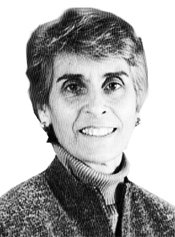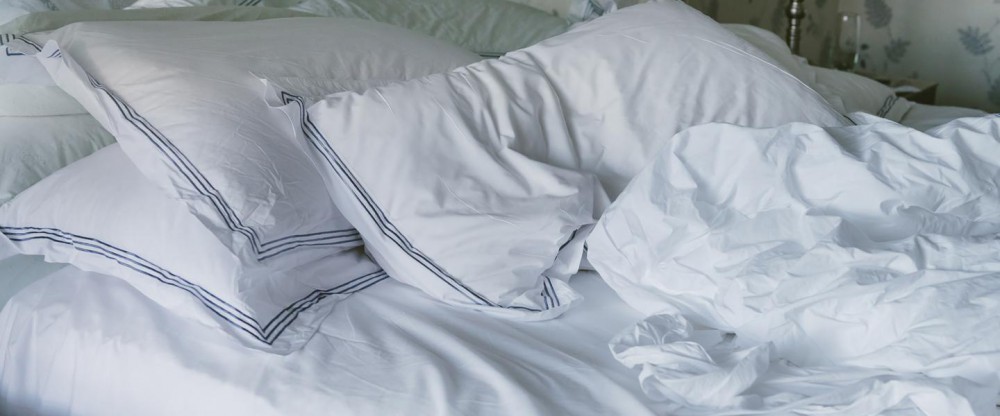CPAP 101: Expert Tips For Getting Started with Continuous Positive Airway Pressure (CPAP) Machines

I’ve just been diagnosed with sleep apnea. Can I expect my insurance or Medicaid to cover the CPAP (continuous positive airway pressure) machine?
Yes, most insurance policies cover CPAP. CPAP is considered to be durable medical equipment, and you can call your insurer to find out the specifics of your coverage. Deductibles and copayments for medical equipment may be different than what you pay for office visits or prescriptions. Medicaid does cover CPAP equipment, but it will need authorization. Supplies are covered separately, and the amount of coverage varies by state. Deductibles and copayments may apply depending on whether or not you have a secondary insurance.
What kind of mask should I get for my CPAP?
Nasal pillow systems, nasal masks and full face masks are available in all sizes, shapes and styles from a variety of vendors. They are all effective. The delivery system selection is very personal. On the night of a CPAP titration study (similar to the sleep study), we encourage patients to try on a variety of different types, guided by our experienced technologists. We ask patients to choose a first and second choice and to let us know if they are uncomfortable during the night so they can make a change. We find that even with maximal attention to mask/pillow fit prior to the first night, about 10-15% of the time patients may have an issue with irritation, air leaks or discomfort and may need to make a change over the first few weeks to optimize adaptation.
What should I do if my nose is runny or I have a dry mouth after using the CPAP?
Humidification of the air in your CPAP system can be extremely helpful in managing both dry mouth as well as a runny nose. Most current CPAP setups include humidification chambers. Studies have shown improved comfort and compliance when the humidity is used. The humidity setting may need to be adjusted, with a higher setting required in cold climates during the heating season. A persistently runny nose can be a problem and sometimes this is due to an allergy to the mask materials. Changing masks and brands is sometimes helpful. We have had to send some patients to see an allergist when a runny nose persists despite humidity and multiple mask changes.
What if I’m having trouble breathing?
Difficulty breathing with CPAP can be due to the newness of the experience or pressure problems. High prescribed pressures may be uncomfortable initially and low settings, such as 4 cm, may create a sensation of being “air starved.” Contact your homecare provider to check the accuracy of your equipment and discuss the problem with your sleep specialist so they can determine if a pressure adjustment is required.
How do I clean my CPAP?
You should receive specific cleaning/maintenance instructions from the homecare company that delivers your equipment. We recommend taking the mask, tubing and headgear in the shower with you once a week, rinsing it with a mild dish soap (odorless or with a smell you can tolerate), hanging it over the showerhead to dry and remembering to hook it back up the next night. Filters should generally be checked once a month, more often if the environment is dusty. The humidifier chamber should be rinsed daily, and the use of distilled water will keep it clean and free of mineral deposits.
How long do I have to wear my CPAP each night for it to be effective?
Studies show that at least 6 hours of CPAP usage per night is needed to reduce the long-term health risks of obstructive sleep apnea. We encourage our patients to put the CPAP on at lights out each night and to make every attempt to put it back on after nighttime awakenings. If there are frequent awakenings or if you are finding the mask on the floor in the morning, then pressure adjustment or a mask refitting may be necessary.
Who should I call if there’s a problem?
For technical problems with the equipment, check in with the homecare company. Your doctor/sleep lab should also provide troubleshooting services if the problem has to do with mask fit or pressure adjustments rather than the workings of the equipment itself.
What should I do if I am still tired or sleepy despite using my CPAP nightly?
The short answer here is that it is important to make an appointment to see your sleep doctor and go over the possible explanations. Persistent sleepiness may occur in a small percentage of patients with sleep apnea despite nightly use of the device for at least 7 hours. If sleepiness has not resolved after you have been fully adapted to the device for 4 to 6 weeks, then there are several possible explanations:
- You may need more pressure. Speak to your healthcare professional about this. If changing the pressure is not helpful and other causes are ruled out, then a return to the sleep lab to confirm that your equipment is adequately managing the apnea is sometimes necessary.
- If you have had longstanding severe sleep apnea, especially when there have been significant episodes of low oxygen levels at night, you may have a subtle injury to the brain’s alerting pathways that may take a much longer time to improve. The use of a wake-promoting agent to enhance daytime alertness may be indicated. These symptoms should be discussed with your sleep specialist. Daytime Multiple Sleep Latency Testing (MSLT) can be obtained to assess the extent of sleepiness and the need for intervention with medication.
- You just might not be allocating enough time for sleep. CPAP will not make you feel great in the morning if you are getting less than the necessary 7 to 9 hours of sleep per night! CPAP does not substitute for adequate sleep.
- Some individuals with obstructive sleep apnea may also have other underlying medical conditions. If an increase in CPAP pressure has not been helpful then further workup with a daytime Multiple Sleep Latency Test (MSLT) to assess the severity of your sleepiness may be helpful.
- Other medical conditions may be present, such as thyroid dysfunction, thus a good check up with your primary care doctor is always helpful.
- Depression can be a fairly common problem in patients with obstructive sleep apnea. If adjustments to the equipment are not effective or not indicated and the MSLT is normal then workup for a mood disorder may be necessary.
- Inspection of the CPAP equipment including checking the tubing for pinholes or leaks is important to confirm that you are being treated with the prescribed pressure.
Dr. Helene A. Emsellem, director of the Center for Sleep and Wake Disorders in Chevy Chase, MD.
Learn more about how these medical devices can make a big difference in nighttime comfort for people with breathing issues.Sleep Apnea is a sleep disorder in which breathing is briefly and repeatedly interrupted during sleep. Learn how to cope with this sleep-related breathing disorder.A frequent need to get up and go to the bathroom to urinate at night is called nocturia. It differs...Nearly one-quarter of all workers have shifts that are not during the daytime, and more than two-thirds of these workers...How you feel about the sleep you get every night is known as sleep satisfaction. Unlike sleep quantity (which objectively...An infant in the house means normal routines are going to go through some adjustments. Feeding, burping, rocking, and changing...Of the approximately 90 million American adults who occasionally experience snoring, many think of it as simply an annoyance, or...Obstructive sleep apnea (OSA)—a disorder where blocked airways during sleep lead to disrupted breathing and excessive snoring —affects about 3...Sleep is restorative for the body and mind. But if you’re among the more than 18 million Americans who have...Snoring is a common part sleep for many people, and as annoying as it may be to those who hear...

Source: Internet
